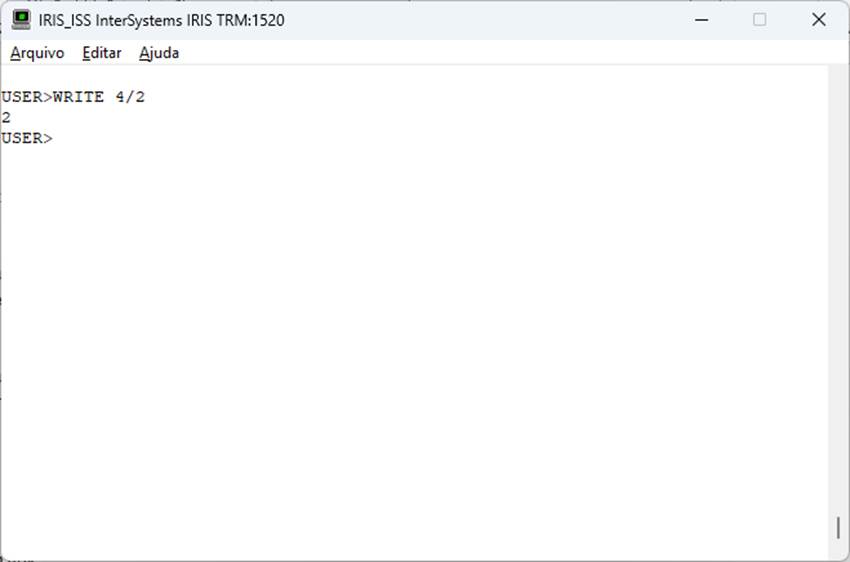Hi Community,
In the first part of this series, we examined the fundamentals of Interoperability on Python (IoP), specifically how it enables us to construct such interoperability elements as business services, processes, and operations using pure Python.
Now, we are ready to take things a step further. Real-world integration scenarios extend beyond simple message handoffs.They involve scheduled polling, custom message structures, decision logic, filtering, and configuration handling.In this article, we will delve into these more advanced IoP capabilities and demonstrate how to create and run a more complex interoperability flow using only Python.
To make it practical, we will build a comprehensive example: The Reddit Post Analyzer Production. The concept is straightforward: continuously retrieving the latest submissions from a chosen subreddit, filtering them based on popularity, adding extra tags to them, and sending them off for storage or further analysis.
The ultimate goal here is a reliable, self-running data ingestion pipeline. All major parts (the Business Service, Business Process, and Business Operation) are implemented in Python, showcasing how to use IoP as a Python-first integration methodology.

.png)


.png)
.png)
.png)
.png)
